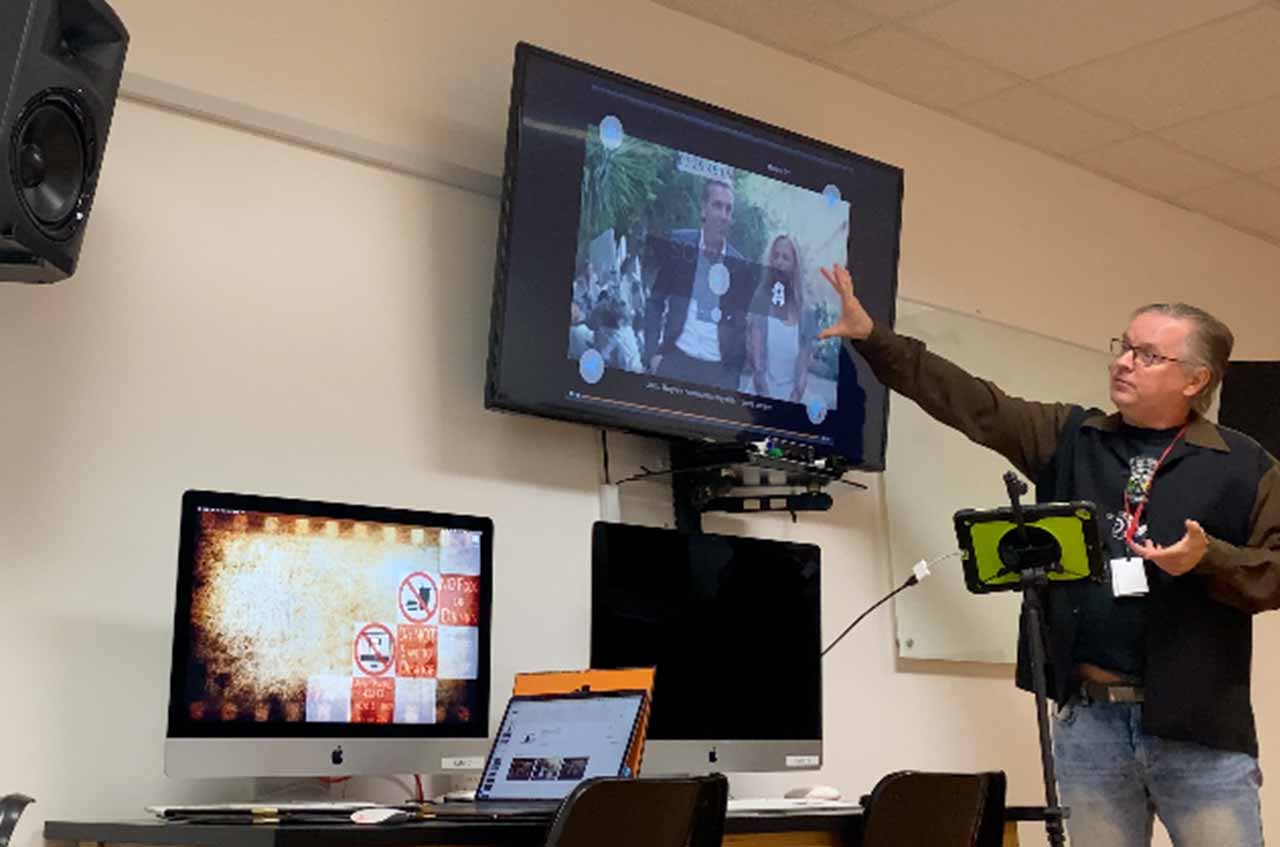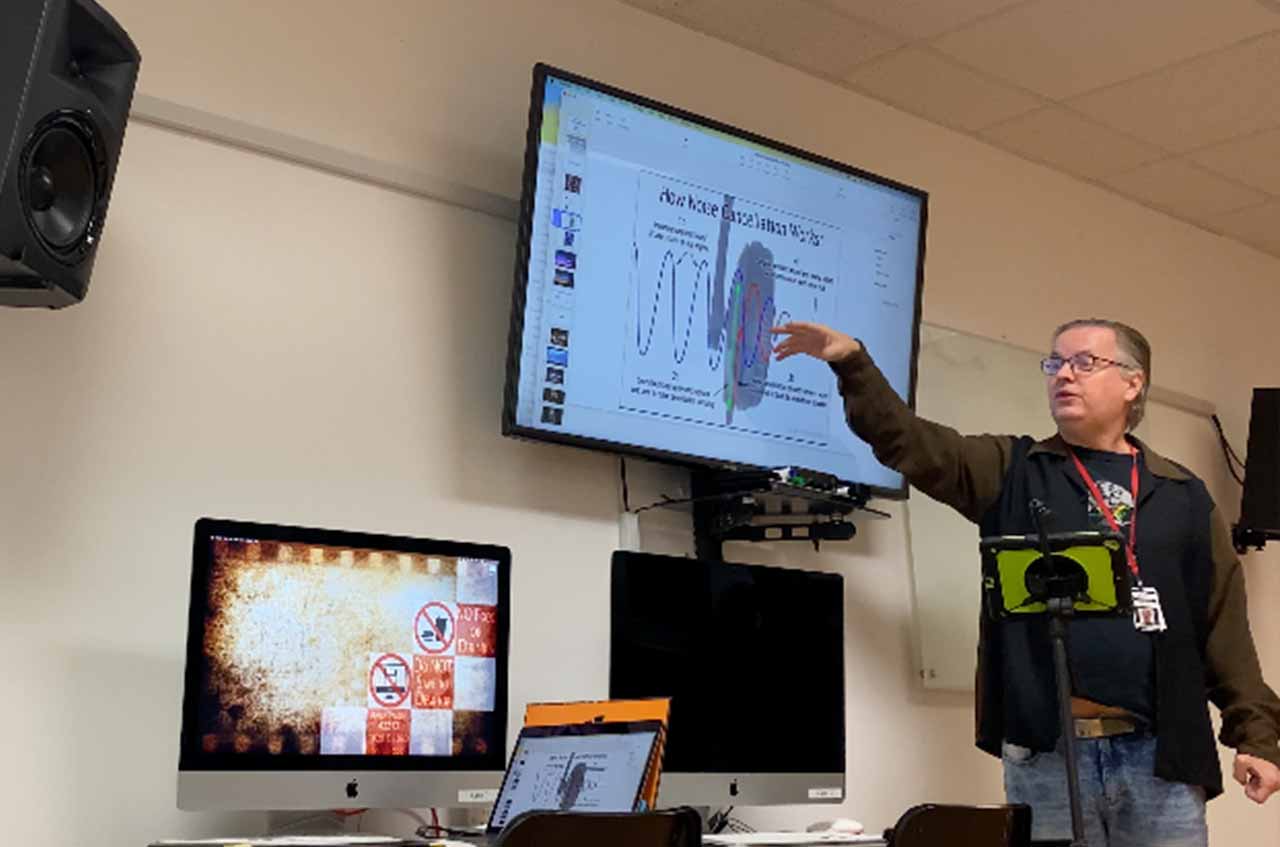In my 30-year career as a Sound Designer in Los Angeles, I have witnessed firsthand the challenges of bringing Equity, Diversity, and Inclusion (EDI) to the film and television post-production workplace. Sound has traditionally been a male-dominated industry, and it has taken many years for women minorities to rise in this field. Some of my most cherished experiences with clients and coworkers and have been with individuals whose backgrounds differ from my own. I have also observed how television and film have evolved to feature more minorities and social groups. Although this has enriched and diversified the content, there is still much work to be done.

During my six semesters teaching at the New York Film Academy in Burbank (NYFA), I’ve been excited to see the latest protocols for EDI in action. New hires at NYFA undergo an intensive 8-12 hours of EDI training through online classes and handout materials. We are also required to complete refresher courses every year, which helps us continue to grow and learn. These courses have challenged me and helped me better understand the needs of a diverse student body. I have had privilege of instructing students from various countries, including China, Russia, Chile, Armenia, and Ukraine. NYFA classes are also well balanced with students of different genders and sexual orientations, and it has been my pleasure to get to know these students. Additionally, I have had students dealing with physical handicaps and mental health issues. I was able to provide these students with appropriate accommodations and more time to complete assignments, and they ultimately succeeded in their studies.
**Equity**
We all have biases that we have learned throughout our lives. However, in the field of education, overcoming these biases is crucial. When working with students from diverse backgrounds and challenging circumstances, it is essential to rise to the occasion and ensure equity for all.
**Diversity**
Celebrating and learning from a diverse student body has been one of the highlights of my career. Understanding my students’ backgrounds and cultures allows me to make classes more relevant to their experiences. I often show film clips to inspire my students. When I have students from foreign nations, I research and show clips from their home countries. Every semester, I assign a project where students re-record the dialogue (ADR) of a scene from their favorite film. I encourage them to do this in their native language, using films from their home country. When we watch these clips together in class, each student takes pride in their language and culture.
**Inclusion**
Promoting and expecting inclusion from my students has brought better balance to my classes. Having students from different backgrounds and cultures has challenged me in ways I couldn’t have imagined a few years ago. Inclusion requires effort, but it makes the work even more meaningful.

In the future, I look forward to continuing my education and training in EDI. I have much to learn and much to teach. I am proud to be a mentor to the next great filmmakers in our industry. The students give me hope for a brighter future, and I am excited to see where their many talents will lead us.
Lenny L. Jones MPSE